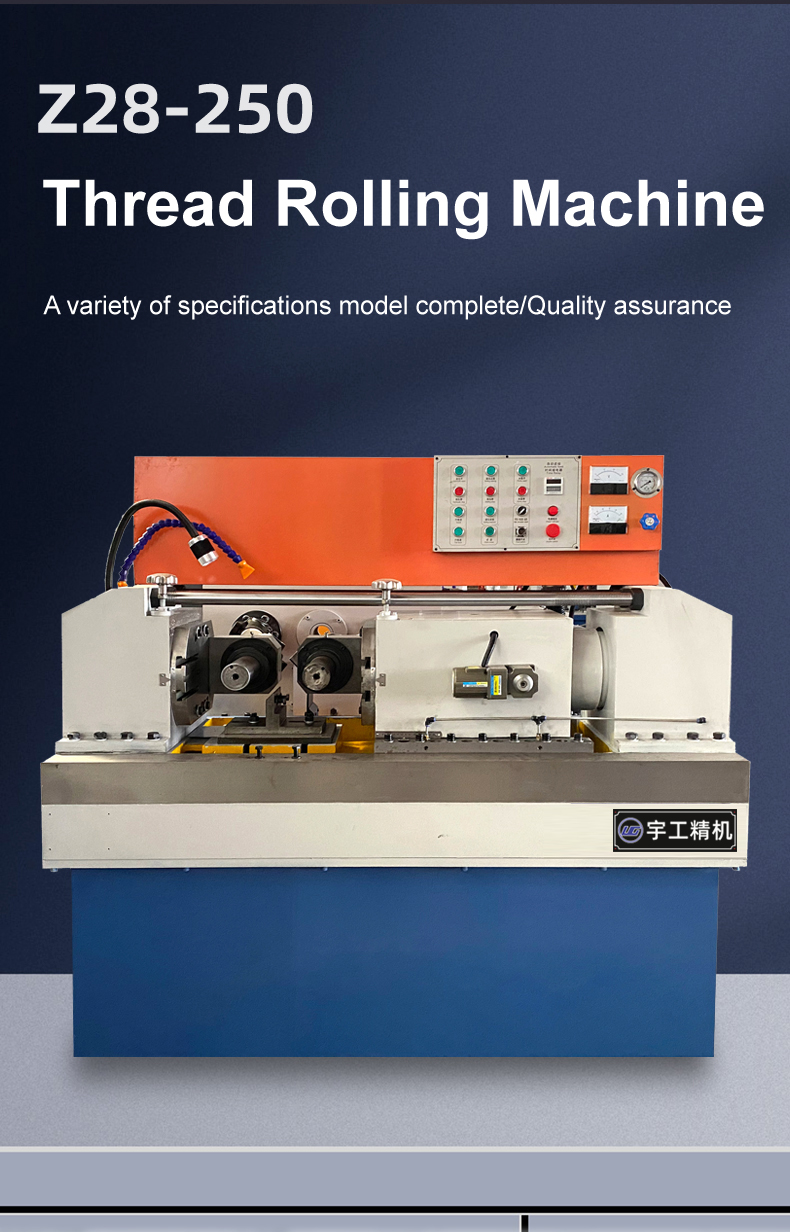
-
 Afrikaans
Afrikaans -
 Albanian
Albanian -
 Amharic
Amharic -
 Arabic
Arabic -
 Armenian
Armenian -
 Azerbaijani
Azerbaijani -
 Basque
Basque -
 Belarusian
Belarusian -
 Bengali
Bengali -
 Bosnian
Bosnian -
 Bulgarian
Bulgarian -
 Catalan
Catalan -
 Cebuano
Cebuano -
 Corsican
Corsican -
 Croatian
Croatian -
 Czech
Czech -
 Danish
Danish -
 Dutch
Dutch -
 English
English -
 Esperanto
Esperanto -
 Estonian
Estonian -
 Finnish
Finnish -
 French
French -
 Frisian
Frisian -
 Galician
Galician -
 Georgian
Georgian -
 German
German -
 Greek
Greek -
 Gujarati
Gujarati -
 Haitian Creole
Haitian Creole -
 hausa
hausa -
 hawaiian
hawaiian -
 Hebrew
Hebrew -
 Hindi
Hindi -
 Miao
Miao -
 Hungarian
Hungarian -
 Icelandic
Icelandic -
 igbo
igbo -
 Indonesian
Indonesian -
 irish
irish -
 Italian
Italian -
 Japanese
Japanese -
 Javanese
Javanese -
 Kannada
Kannada -
 kazakh
kazakh -
 Khmer
Khmer -
 Rwandese
Rwandese -
 Korean
Korean -
 Kurdish
Kurdish -
 Kyrgyz
Kyrgyz -
 Lao
Lao -
 Latin
Latin -
 Latvian
Latvian -
 Lithuanian
Lithuanian -
 Luxembourgish
Luxembourgish -
 Macedonian
Macedonian -
 Malgashi
Malgashi -
 Malay
Malay -
 Malayalam
Malayalam -
 Maltese
Maltese -
 Maori
Maori -
 Marathi
Marathi -
 Mongolian
Mongolian -
 Myanmar
Myanmar -
 Nepali
Nepali -
 Norwegian
Norwegian -
 Norwegian
Norwegian -
 Occitan
Occitan -
 Pashto
Pashto -
 Persian
Persian -
 Polish
Polish -
 Portuguese
Portuguese -
 Punjabi
Punjabi -
 Romanian
Romanian -
 Russian
Russian -
 Samoan
Samoan -
 Scottish Gaelic
Scottish Gaelic -
 Serbian
Serbian -
 Sesotho
Sesotho -
 Shona
Shona -
 Sindhi
Sindhi -
 Sinhala
Sinhala -
 Slovak
Slovak -
 Slovenian
Slovenian -
 Somali
Somali -
 Spanish
Spanish -
 Sundanese
Sundanese -
 Swahili
Swahili -
 Swedish
Swedish -
 Tagalog
Tagalog -
 Tajik
Tajik -
 Tamil
Tamil -
 Tatar
Tatar -
 Telugu
Telugu -
 Thai
Thai -
 Turkish
Turkish -
 Turkmen
Turkmen -
 Ukrainian
Ukrainian -
 Urdu
Urdu -
 Uighur
Uighur -
 Uzbek
Uzbek -
 Vietnamese
Vietnamese -
 Welsh
Welsh -
 Bantu
Bantu -
 Yiddish
Yiddish -
 Yoruba
Yoruba -
 Zulu
Zulu
High-Speed Thread Rolling Machinery for Efficient Metal Thread Creation
High-Speed Thread Rolling Machines Revolutionizing Manufacturing Processes
In today's fast-paced manufacturing environment, efficiency, precision, and reliability are paramount. One innovation that has shown tremendous promise in enhancing these aspects is the high-speed thread rolling machine. This advanced piece of machinery has transformed the way manufacturers produce threaded components, offering significant advantages over traditional machining methods.
What is Thread Rolling?
Thread rolling is a cold-forming process that involves the deformation of materials to create threads. Unlike cutting methods, which remove material to form threads, thread rolling displaces the material, resulting in stronger and more precise threads. This method is especially desirable for producing threaded fasteners such as bolts, screws, and nuts.
The Advantages of High-Speed Thread Rolling Machines
1. Increased Productivity One of the primary benefits of high-speed thread rolling machines is their ability to produce parts quickly. These machines can roll threads at speeds significantly higher than traditional machining processes, allowing manufacturers to meet high demand without compromising quality. By reducing production time, companies can increase their output and profitability.
2. Enhanced Strength and Durability The cold-forming process used in thread rolling enhances the mechanical properties of the material. The rolling process aligns the grains of the material, which increases tensile strength and fatigue resistance. This results in threaded components that not only perform better but also have a longer lifespan, reducing the need for replacements.
3. Improved Precision High-speed thread rolling machines are designed to operate with remarkable precision. Automated systems and advanced controls ensure that the threads produced are consistent in dimensions, which is crucial for parts that require exact fitting. This precision minimizes rework and scrap, contributing to overall efficiency.
high speed thread rolling machine product

4. Reduced Material Waste Traditional machining processes often generate significant amounts of waste material as they cut away excess material to form threads. In contrast, thread rolling is a material-saving process. Since it displaces rather than removes material, the waste produced is drastically reduced, making it an environmentally friendly option and reducing costs associated with raw materials.
5. Versatility High-speed thread rolling machines are highly versatile and can handle a variety of materials including metals, plastics, and composites. This adaptability allows manufacturers to experiment with different materials and thread designs to meet specific application requirements.
6. Cost-Effectiveness While high-speed thread rolling machines may require a significant initial investment, the long-term savings are substantial. The combination of increased production rates, reduced material waste, and lower labor costs results in a more cost-effective manufacturing process over time.
Applications Across Industries
High-speed thread rolling machines have a broad range of applications across various industries. Automotive manufacturers utilize these machines for producing bolts and fasteners that hold essential components together. Aerospace industries rely on the strength and precision of threaded parts to ensure safety and reliability. Additionally, construction and machinery sectors benefit from the durability and cost-effectiveness of rolled threads.
Conclusion
As the demands of manufacturing continue to grow, the role of technology in enhancing processes cannot be overstated. High-speed thread rolling machines exemplify the intersection of innovation and productivity, offering manufacturers the tools they need to thrive in a competitive landscape. With their numerous benefits, it is clear that these machines are not just a trend but a fundamental shift toward more efficient and sustainable manufacturing practices. As industries continue to evolve, embracing technologies like high-speed thread rolling will be key to achieving operational excellence and maintaining quality standards.
